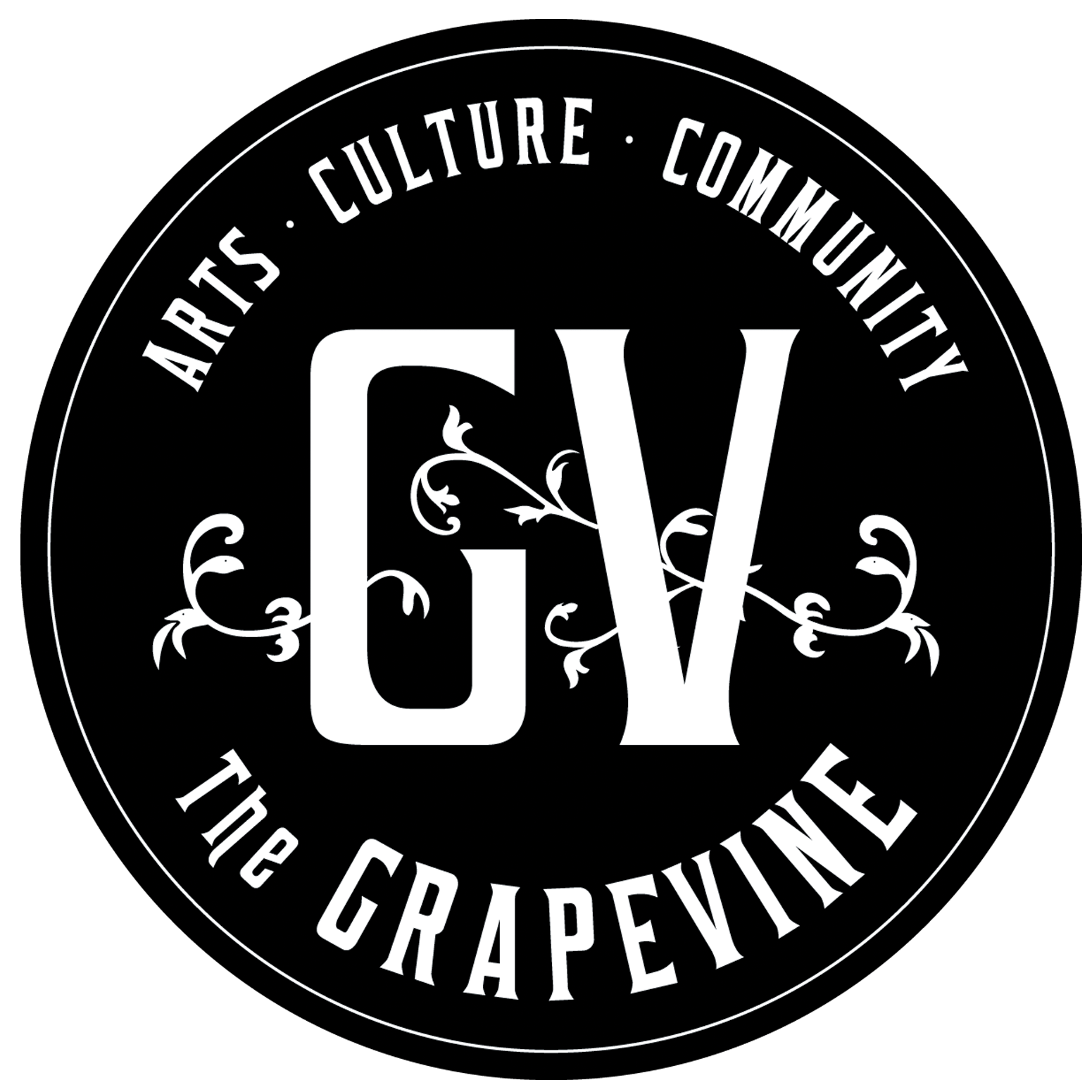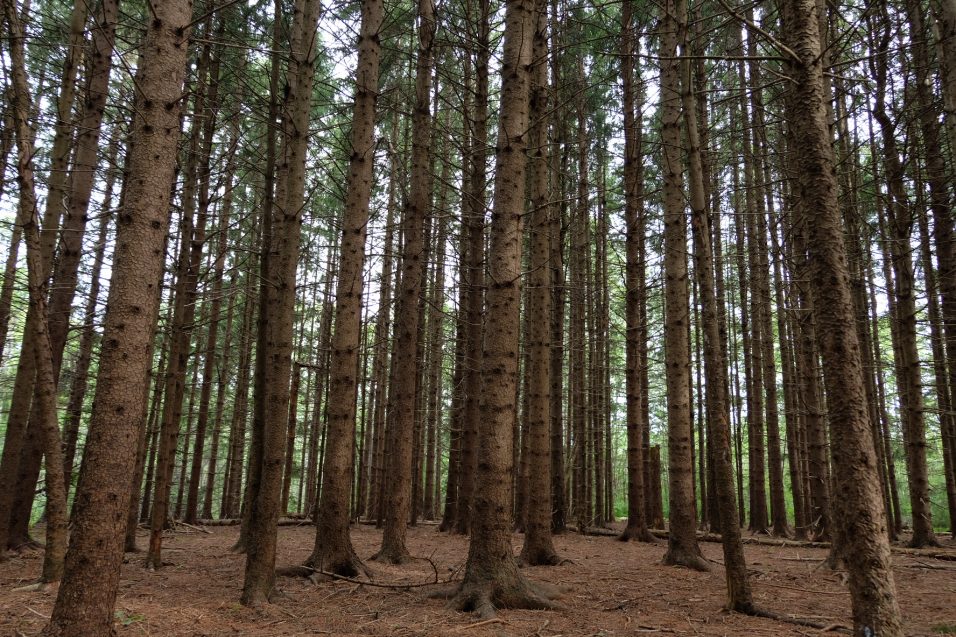Read Time:1 Minute, 59 Second
What’s Growing at the Harriet Irving Botanical Gardens – Spruce from Near and Afar
By Melanie Priesnitz, Conservation Horticulturist
As beautiful as the Norway Spruce Forest in Acadia’s Woodland Trails appears to be, biologically it’s not as beautiful as it could be. It lacks the diversity that is essential to a balanced and healthy environment. Norway spruce (picea abies) is native to Europe and is listed as an invasive species in many regions outside of its range.
Norway spruce is a dominant species that grows rapidly in its early years, growing as much as three feet per year for the first 25 years. It aggressively out-competes other slower growing species and creates acidic conditions that many other plants cannot thrive in. When you walk through the Norway spruce stand you’ll be struck by the silence. No songbirds singing, and rarely a chipmunk scurrying. There are neither understory shrubs nor an herbaceous layer to provide food or shelter.
Now if you were to walk through a mixed stand of trees containing our native red spruce (picea rubens) you’d hear a myriad of birds and woodland creatures and see a great diversity of understory plants. Red spruce is Nova Scotia’s provincial tree and an indicator species of the Acadian forest. It provides habitat for a wide variety of wildlife. Red spruce seeds are preferred food for red-winged crossbills, pine siskins, and pileated woodpeckers. Other birds, including nuthatches, sparrows, and warblers, use red spruce forests as nesting sites and white-tailed deer enjoy the cover they provide in winter.
Acadia’s plantation of Norway spruce is a great reminder of how important planting native species is to wildlife. Plants from away don’t provide the same support for the local creatures as native plants do. Of course planting a monoculture of the same aged species of any kind is not a good idea. When the Norway spruce forest comes down due to old age, it’s going to all go at once. We have been slowly planting native spruce, hemlock and fir trees on the verge of the forest in hopes that they will become the dominant species in the future so Acadia students and Wolfville residents will have a healthy, vibrant forest rich in biodiversity to walk through long into the future!
Harriet Irving Botanical Gardens
Acadia University

